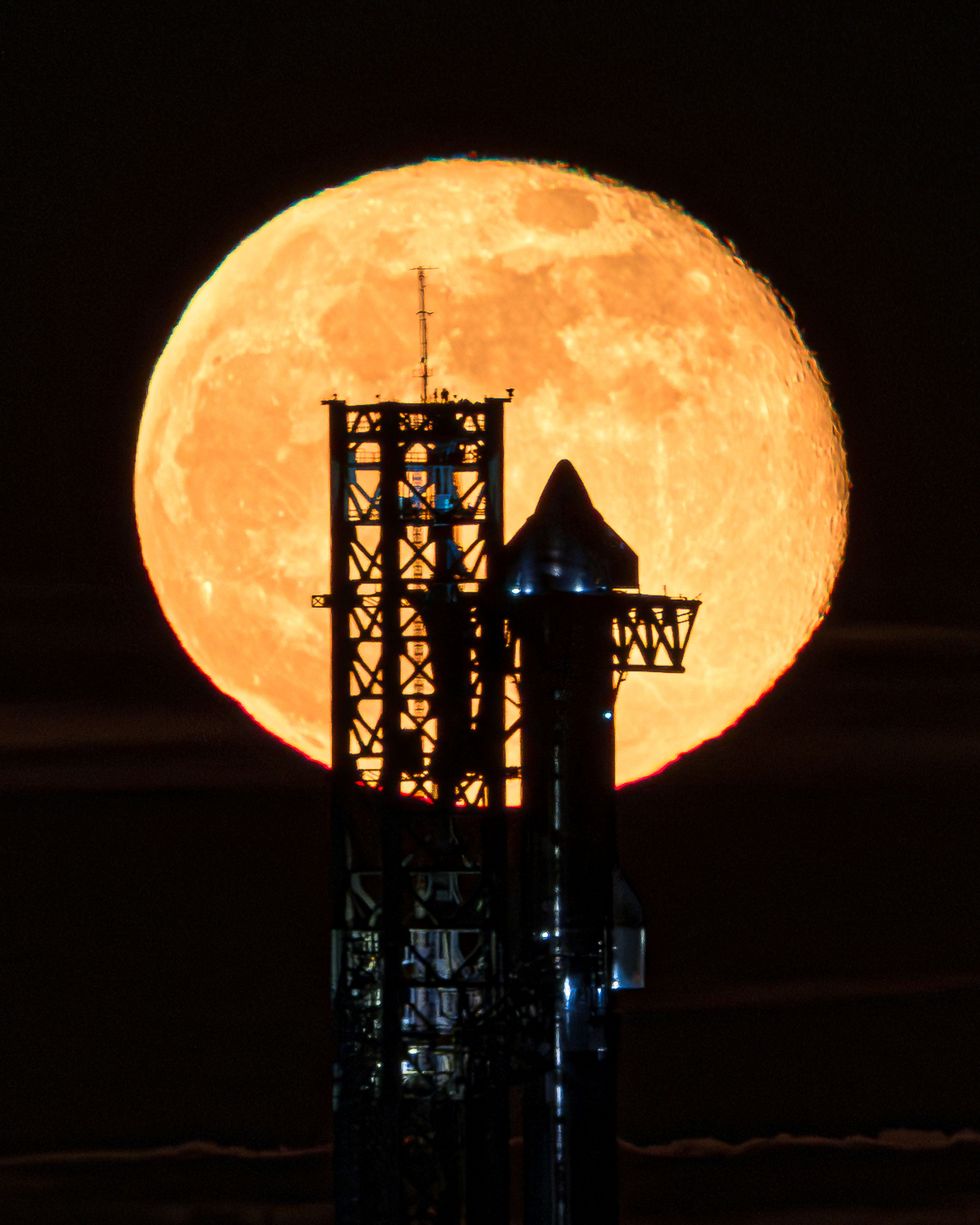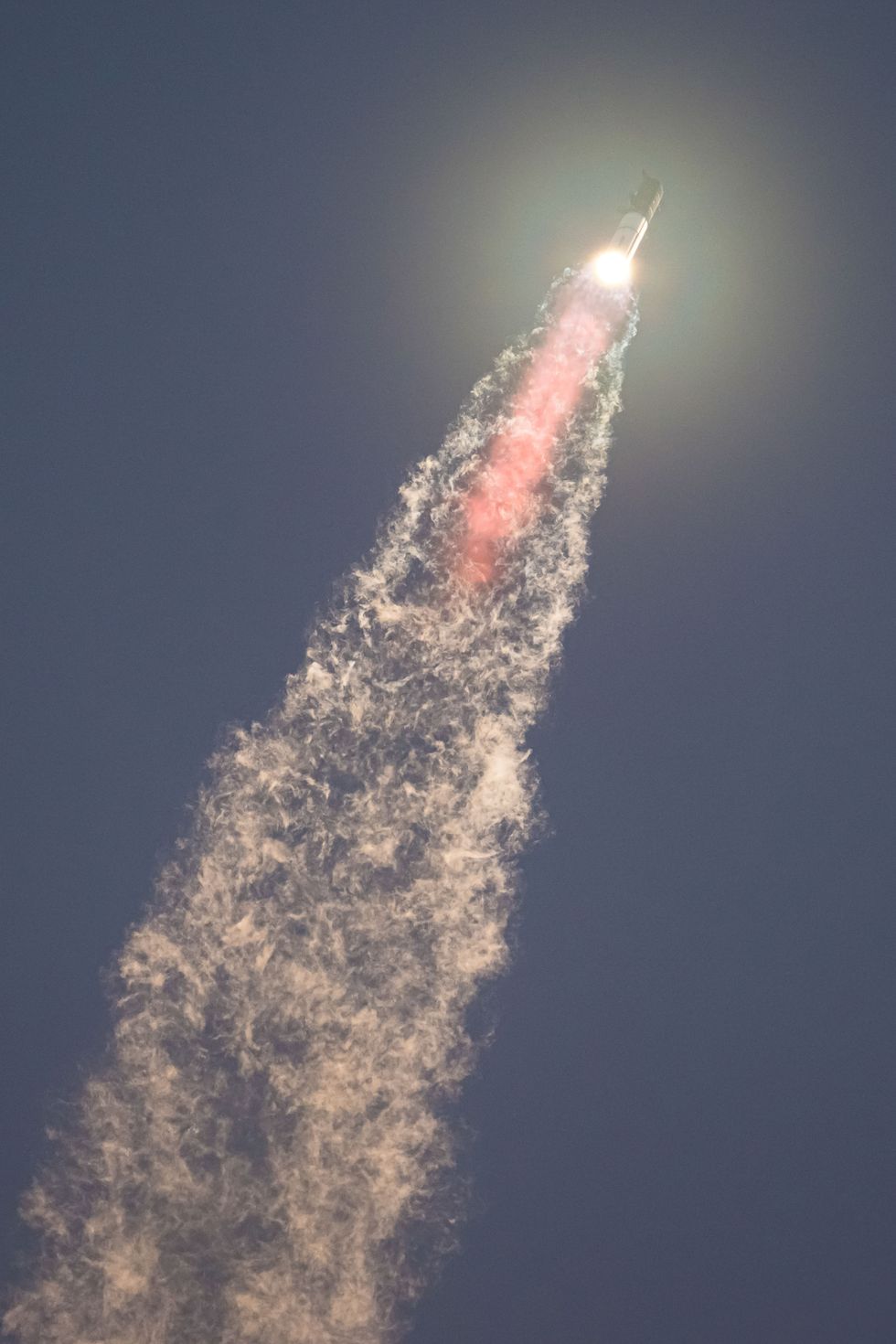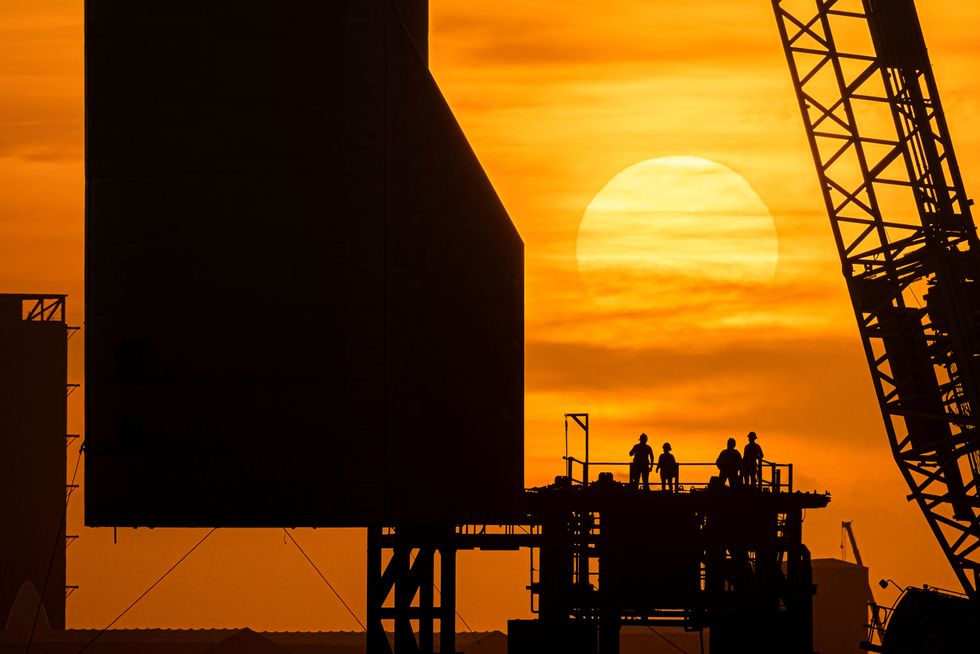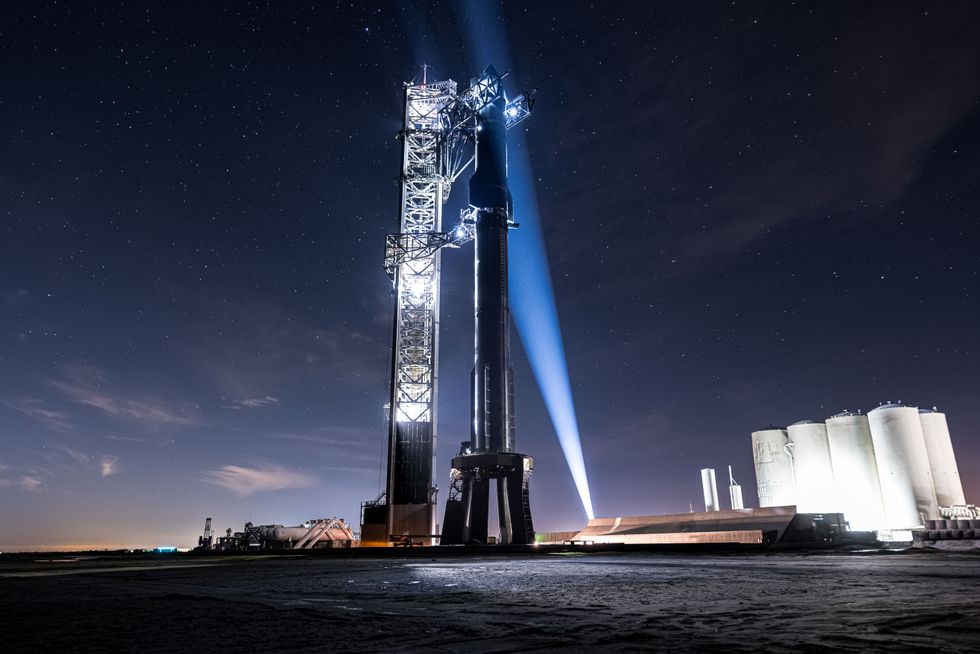
John Kraus

SpaceX and the New Right Stuff take flight into the cosmos.
“I feel immensely fortunate to have a front-row seat to the exciting happenings in the aerospace industry. While I was not alive during the Apollo Program, I am hopeful that the next decade in space exploration can match and surpass the excitement of that era. We are entering the second space age and America is at the forefront of that great endeavor. Capturing the power of rocket launches and sharing that with a broad audience is a privilege I take very seriously, and I’m fortunate that my photos can help inspire the next generation to look up in wonder and awe.” John Kraus, Photographer
Once upon a time in America, when men were men and rockets were dreams, space belonged to NASA. They were the ones who strapped the Right Stuff into a tin can and fired up the engines, sending it into the black silence. The moon landings—Mercury, Gemini, Apollo—were all names that became legendary. Sacred and untouchable, the sense of adventure hung in the air like the smell of jet fuel. For decades, the government ran the game. Then came the drift. The shuttle, that noble, kludged-together beast, aged out and left the skies quiet. NASA kept the Space Station, the scientists kept their equations, but the old flame had grown dim and sputtered.
And then along came Elon.

A name that even sounds like it belongs on a star map, somewhere between Vega and Aldebaran. Elon, the billionaire boy-genius, the Tony Stark made flesh, the guy with the hair, the money, and the sheer, lunatic belief that the future lies out there—Mars, the Moon, and everything in between. While the bureaucrats were still trying to figure out how to create another PowerPoint presentation about returning to the stars, he was already assembling rockets in a California warehouse, building spaceships the way Ford built Model Ts.
But this wasn’t just another dot-com billionaire’s pet project. No sir. This was a crusade.
SpaceX was going to do what NASA had stopped dreaming about: it was going to put men back on the Moon, send them to Mars, and—here was the real kicker—it was going to do it on the cheap. The thing about the old days, the Mercury and Apollo eras, was that you had a budget as vast as Texas and an army of pocket protector-wearing engineers who had a direct line to God—or at least to Werner von Braun. The cost didn’t matter; only the mission did.

Musk flipped that. Reusable rockets. Before SpaceX, the whole concept of a reusable rocket feltlike trying to catch a bullet in midair and load it back into the gun. Rockets burned, fell, and perished. But Musk looked at them and said, “Why not?” And, like a damned magic trick, the Falcon 9 booster came roaring back down from the heavens, tilted just so, and landed on a floating barge in the middle of the Atlantic, balanced like a pencil on a desk. It was the kind of thing that, had it happened in 1965, would have been featured on the cover of Popular Mechanics next to an article about flying cars.
But there it was. Real.
And suddenly, the whole world took notice.
Now here’s the thing about America: we don’t like being second best. After the Space Race, after Kennedy’s moonshot, and after Apollo 11, we were the spacefaring nation. But somewhere along the way, we let it all die. The shuttle program fizzled out, and the moon became just a rock we once visited. Russia and China started getting ideas. Suddenly, Americans had to hitch rides on Russian Soyuz capsules just to reach orbit. The very idea!
Musk saw that as an insult. A stain on national honor. SpaceX was his answer.
On May 30, 2020, SpaceX achieved what no private company in history had ever accomplished: it launched men into orbit. American astronauts, on an American rocket, from American soil. The Dragon capsule, perched atop a Falcon 9, punched a hole through the sky, carrying two men who seemed straight out of an old NASA press conference—buzz-cut, square-jawed, hell, even the recovery rockets had names like Doug and Bob—straight to the International Space Station. It was Apollo 2.0, but with touchscreen controls and SpaceX flight suits that resembled something out of "2001: A Space Odyssey".
For America, it was more than just a launch. It was proof, proof that the frontier wasn’t closed, that the days of Lewis and Clark, of Eisenhower and von Braun, weren’t over, that private industry, led by a man who spoke of Mars colonies the way Kennedy once spoke of moon landings, could carry the torch.
Here’s the wild part—SpaceX isn’t stopping. NASA was once about the immediate, about the next five-year plan. SpaceX is about forever.

The real dream? Mars. Musk talks about it with the kind of certainty that makes people nervous. He doesn’t say, “Wouldn’t it be nice if we went?” He says, “We will go.” Like it’s already written in history books that have yet to be printed. And he’s not referring to flags-and-footprints missions. He’s envisioning cities. Colonies. One million people living and working on Mars as if it’s just a distant suburb of Houston.
And the thing is—you almost believe him.
SpaceX isn’t just some rich man’s fantasy–it’s building the hardware to achieve it. The Starship, that gleaming stainless steel beast and the largest rocket ever built, is the key. Standing two hundred feet tall and fully reusable, it’s designed to take one hundred people into space at a time. When it flies, it resembles less a rocket and more something out of a 1950s sci-fi serial—sleek, curving, a vision of the future people once dreamed of but never experienced. When NASA discusses Mars, they mention possibilities. When Musk discusses Mars, he focuses on logistics: launch windows, refueling depots in orbit, terraforming. It’s the difference between a man talking about building a house someday and another already gathering the materials and lumber.
So what does SpaceX mean for America? It means we’re back in the fight. It means that for the first time in decades, we’re not just talking about space, we’re going there. It means that, in a world where bureaucracies slow things down, one man and his band of engineers have figured out how to move fast, break things, and reach for the impossible.
It means the dream never died.

The Right Stuff isn’t just something that belonged to the men of Mercury, Gemini, and Apollo. It’s alive in the halls of SpaceX, where young engineers pull all-nighters to make rockets fly, where astronauts climb into sleek capsules and ride fire into the void, where the American flag once again flutters on the side of a spacecraft that actually flies.
And someday—maybe not tomorrow, maybe not next year, but soon—an American rocket is going to land on Mars. And when it does, and the first boot crunches into that rusty red dust, it won’t be a government mission.
It’ll be a SpaceX mission.
And America will be back where it belongs.
At the Frontier.
Peter Gietl is the managing editor of Frontier and Return. He lives in Texas.